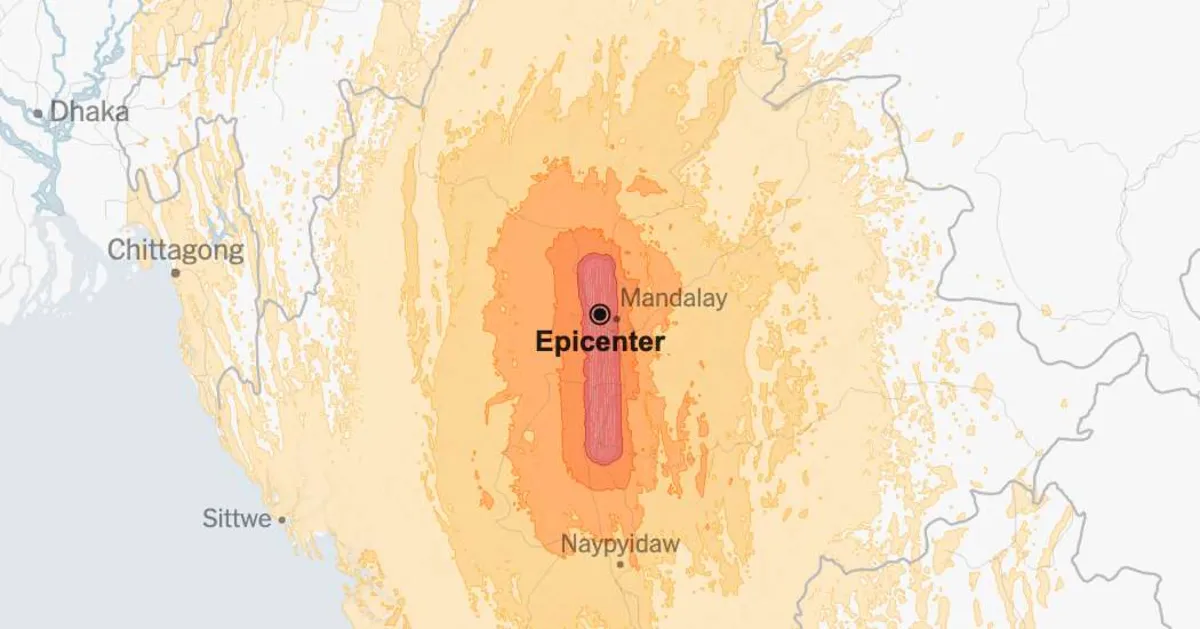
The United States Geological Survey (USGS) provides essential information regarding seismic activity, including the occurrence and impact of earthquakes and their aftershocks. Understanding these natural phenomena can help communities prepare and respond effectively. This article delves into the shaking categories based on the Modified Mercalli Intensity scale, and provides updates on recent seismic events.
Earthquake intensity is measured using the Modified Mercalli Intensity scale, which classifies shaking based on human perception and structural damage. This scale ranges from I (not felt) to XII (total destruction). Each level reflects the potential impact of an earthquake, allowing residents and officials to gauge the necessary response. Accurate assessment of these shaking categories is crucial for emergency preparedness and disaster response plans.
Aftershocks are smaller earthquakes that follow the initial quake, occurring within a short time frame. According to the latest USGS data, aftershock activity is monitored closely, especially in the days following a significant seismic event. The maps and charts provided by the USGS include details about earthquakes occurring within 100 miles and seven days of the initial quake, helping to paint a clearer picture of ongoing seismic activity.
As of Friday, March 28, at 2:39 a.m. Eastern Time, the latest shake data was compiled, highlighting the need for continuous monitoring. Aftershocks recorded as of the same day at 11:52 a.m. Eastern Time illustrate the ongoing nature of seismic activity. Communities affected by recent earthquakes must stay informed about these aftershocks to ensure safety and preparedness.
In conclusion, the information provided by the USGS regarding earthquakes and aftershocks is vital for understanding the dynamics of seismic events. By familiarizing ourselves with the Modified Mercalli Intensity scale and staying updated on recent earthquake activity, individuals and communities can enhance their preparedness and response strategies. Always refer to trustworthy sources like the USGS for the most accurate and timely information regarding seismic activity.